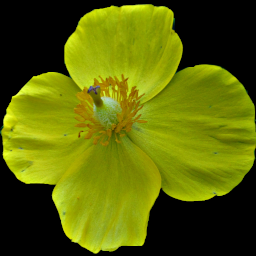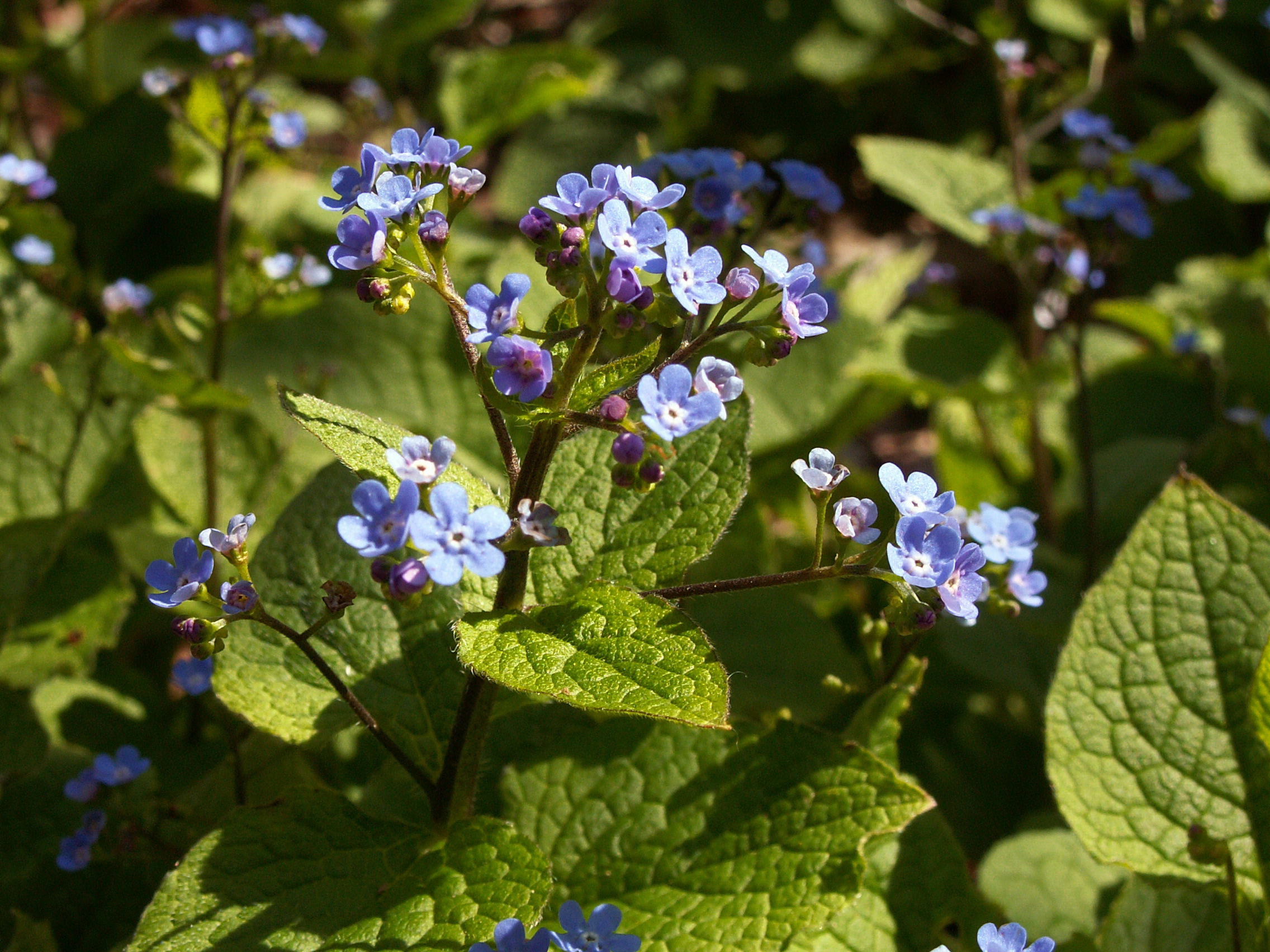These intensely blue flowers are so tiny that we often overlook them in our lawns, but they are one of the first cheerful signs of spring. They are alien invaders, and perhaps they have caused untold damage to our environment; but it’s hard to be angry at a plant that’s both tiny and beautiful. These plants were blooming in early May along the Salamander Trail in Fox Chapel..
The flowers of the Persian Speedwell have yellow centers, fading to white veined with blue, the blue predominating toward the outer edges of the petals, and giving the overall impression of a blue flower from a short distance. The leaves are roundish, sessile near the top of thestem and on short petioles below, gently toothed, somewhat hairy. The plant seldom exceeds the height of a few inches, and can often pass unmolested under a lawnmower blade.
This description will have to do, since Gray and his contemporaries did not describe the plant. Between their time and ours it has spread to every state in the union except Hawaii and North Dakota.











